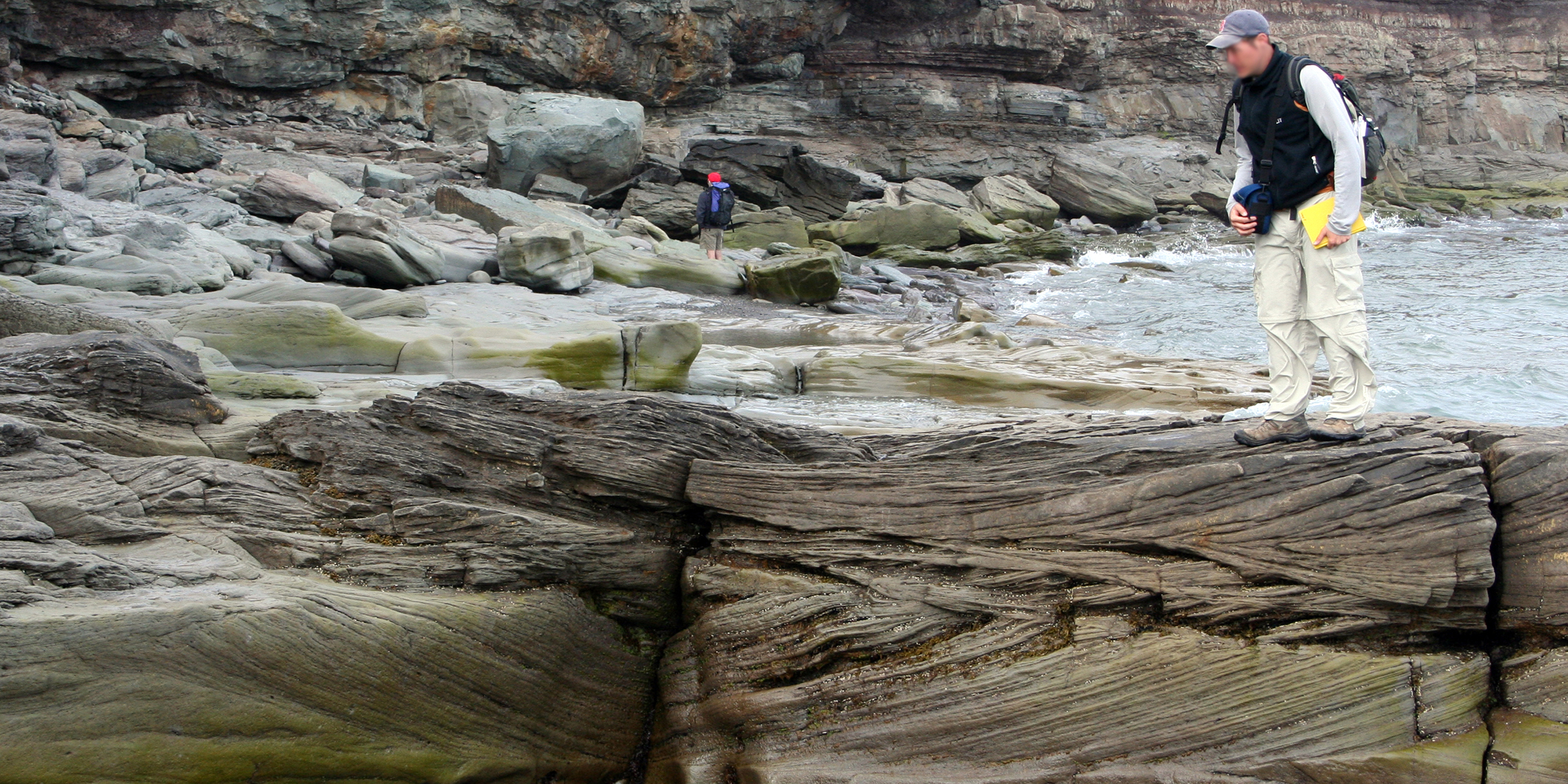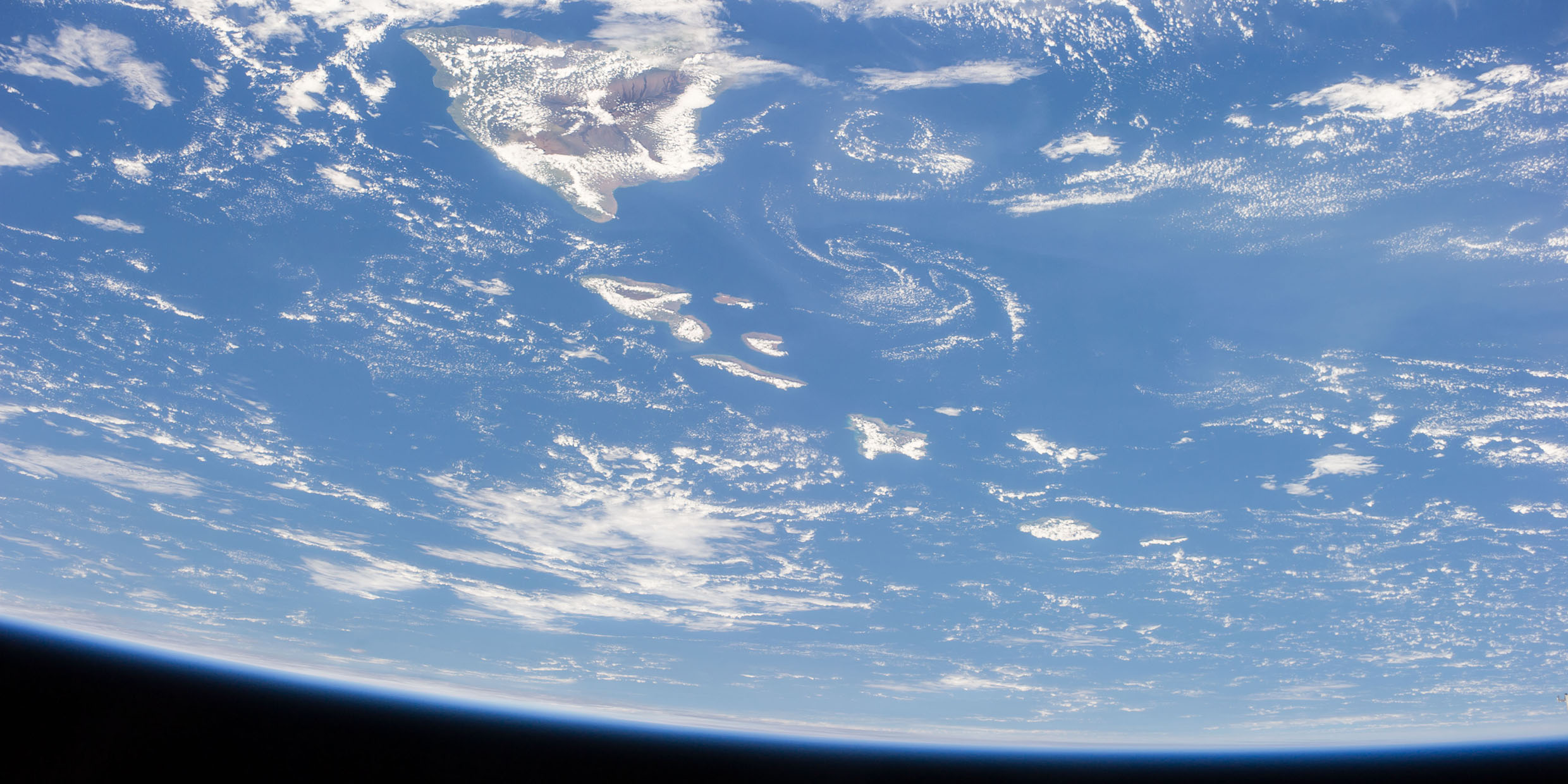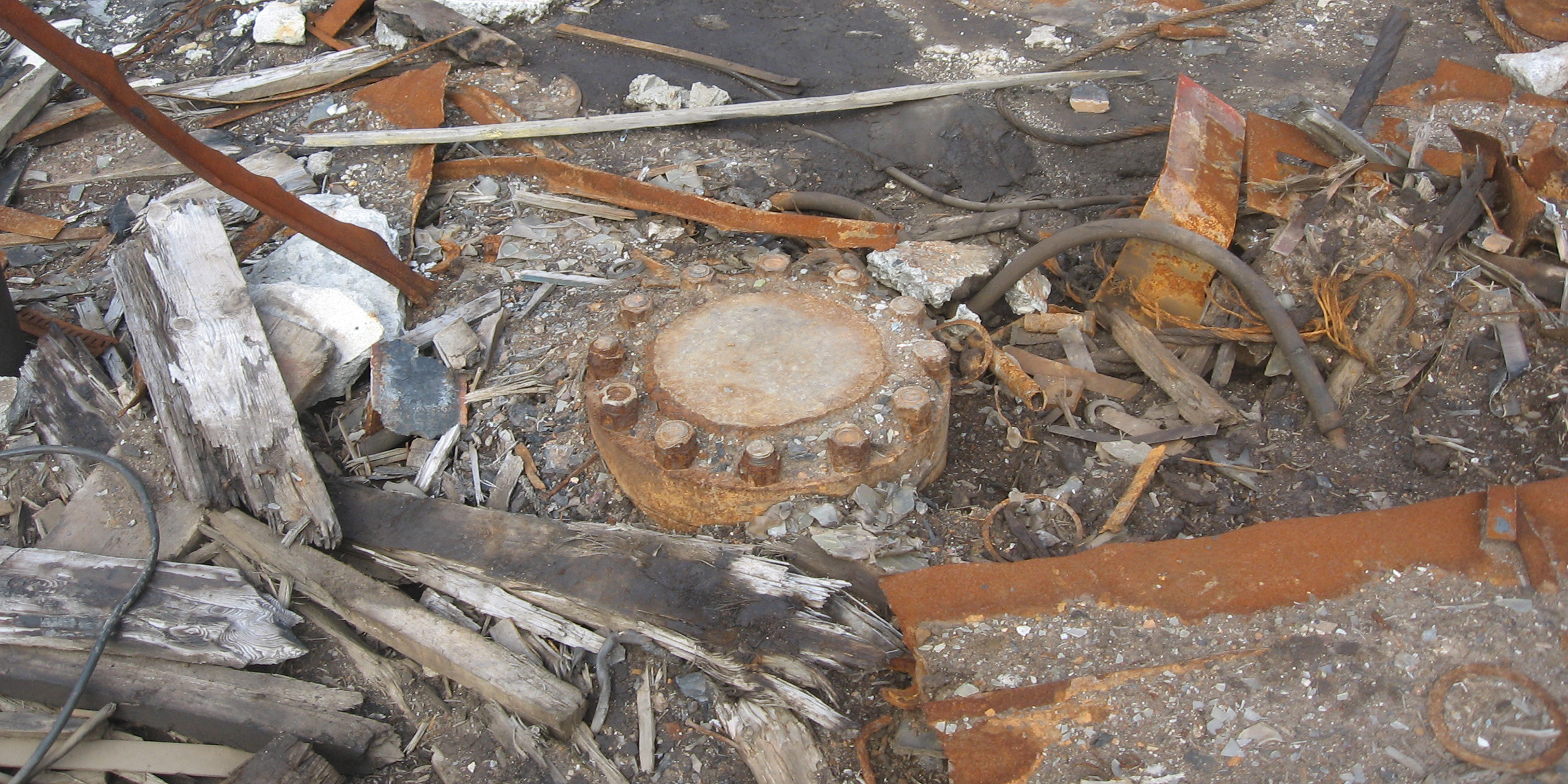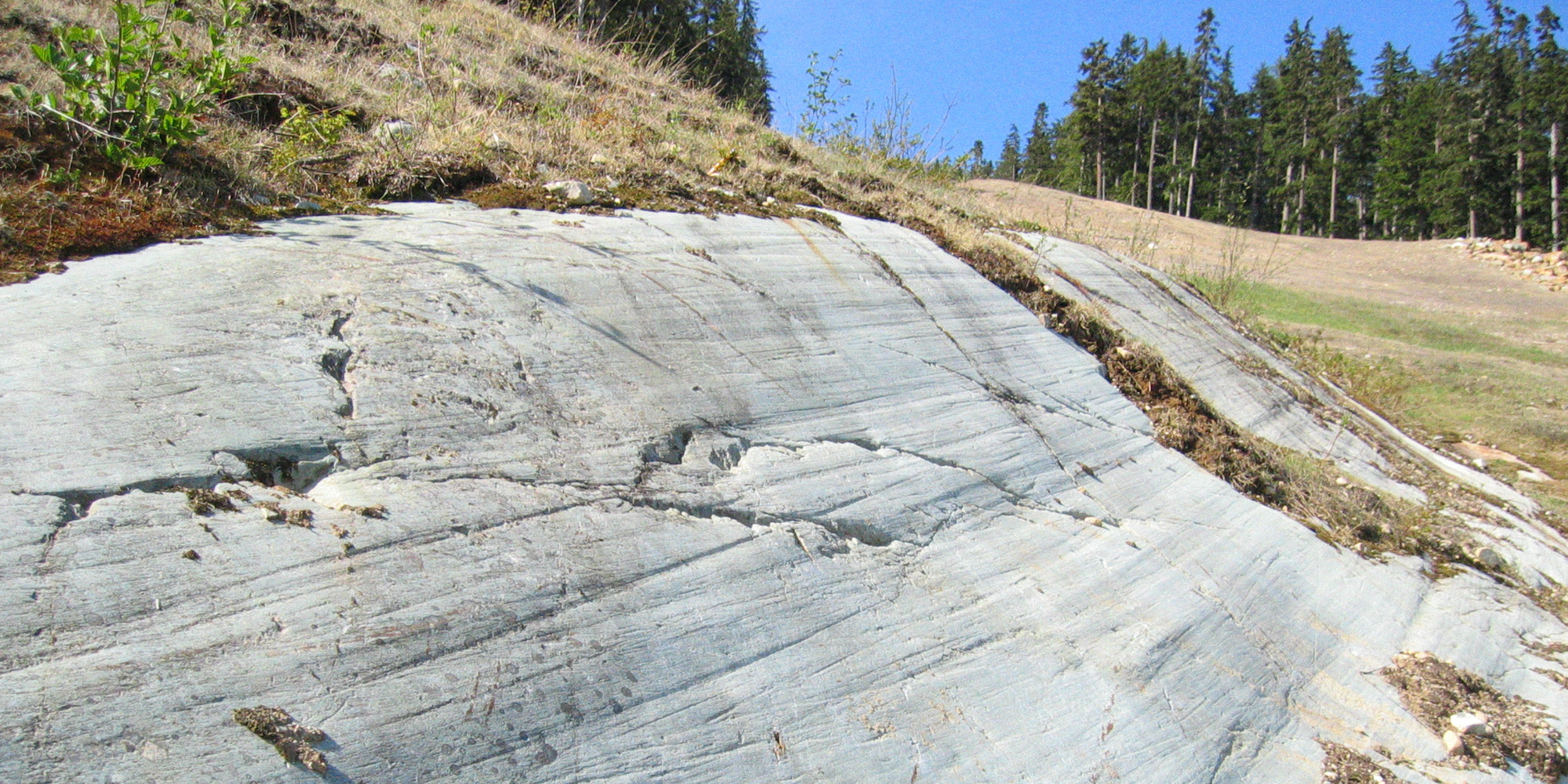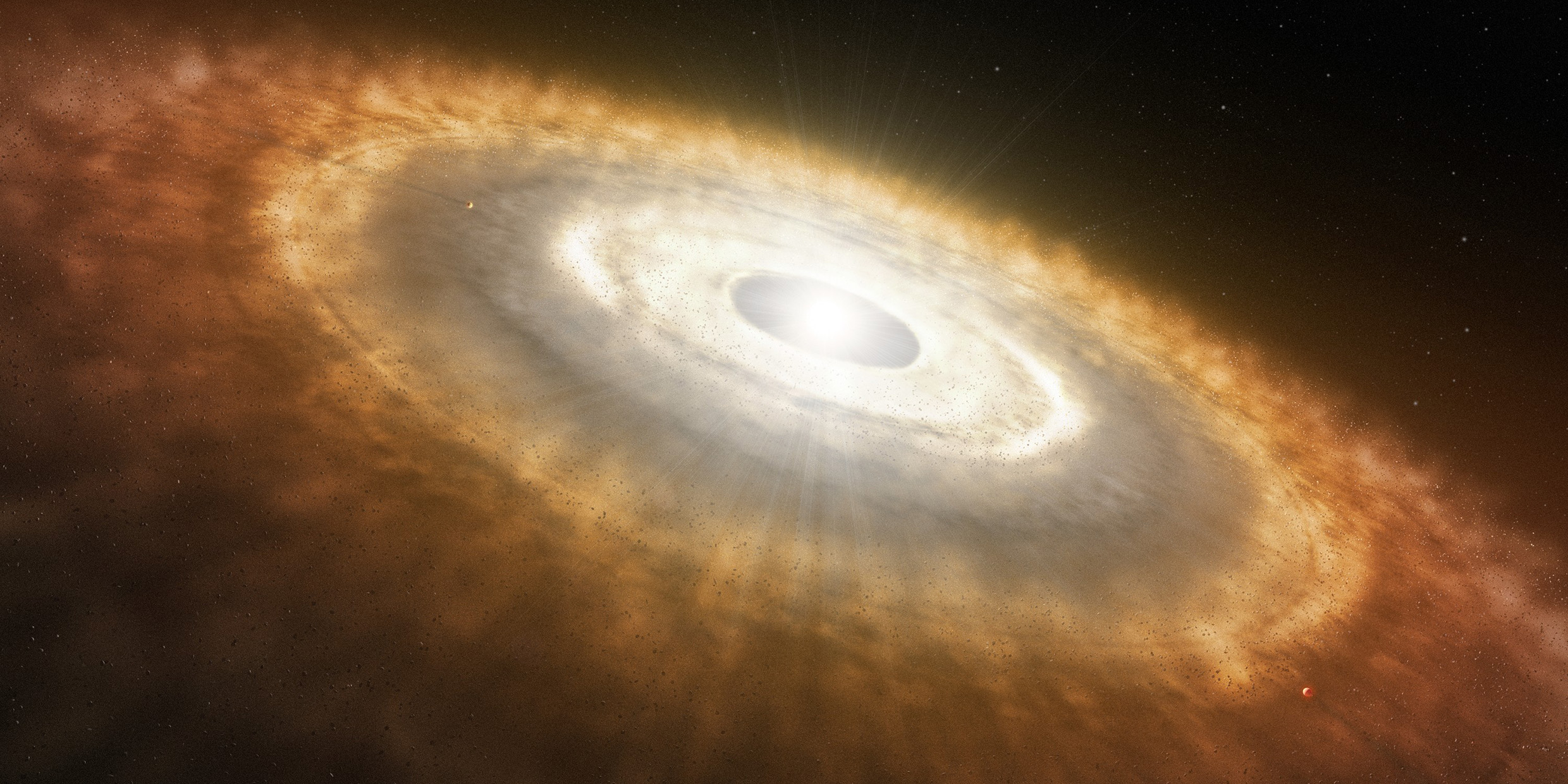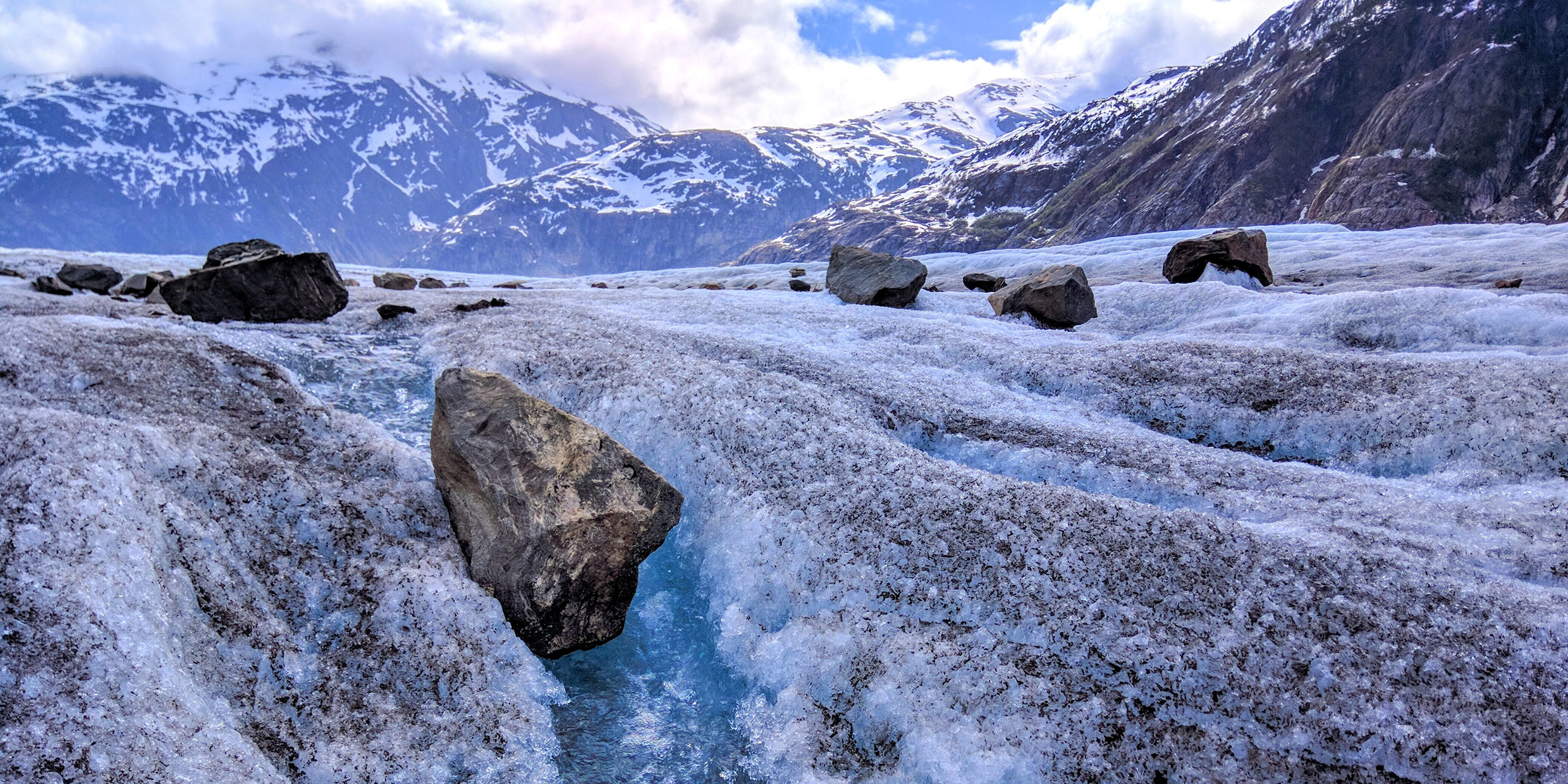In his book Conversations with the Earth, German geologist Hans Cloos described the moment when he “became a geologist forever.” It did not happen at university. It did not happen with the passing of an exam or the awarding of a degree. It happened one morning in Naples, Italy, when Cloos opened the window of his hotel room and saw the smoking cone of Vesuvius looming above the still-sleeping city. At that moment he had the realization that motivated a lifetime of creative work in geology: The Earth is alive.
Geology
CAT scanning Earth
In geology, before the 1960s, we were taught the Earth was “as solid as a rock.” And we were told the surface of the Earth had always looked more or less the way it looks today, the same continents, the same ocean basins. Oh yes, there had been changes on the surface, crinklings and foldings that lifted mountains or cracked the crust, vertical movements mostly, like the wrinkles on the skin of an orange.
Go down, young man, go down
What child has not at some time dreamed of digging a hole to China? Geologists can be excused if they dream the same dream.
Ice works the land
Set a geologist down anywhere in New England and somewhere nearby he will show you the work of ice. Eighteen thousand years ago all of New England lay beneath a half-mile-thick sheet of ice, part of a continent-spanning glacier that reached from the deeply indented coast of the Pacific Northwest to the gently sloping continental shelf of New England.
The sands of time
The ingredients of life on Earth were collected by gravity. The hearth that held the tinder and received the spark of life was a small heavy-element planet near a yellow star. Chemistry was the steel and time the flint that struck the spark. For the spark to catch and the flame to grow required not biblical days, but hundreds of millions of years. The solar system has been around for four and a half billion years. That’s time enough for miracles.
The rock asks that its story be read
Every rock, every pebble, every grain of sand has a story to tell of the evolution of the earth. Every blade of grass is a poem of the past. Our own bodies are museums of our history, our cells are the scrapbooks of our microbial ancestors, we breathe the exhalations of bacteria that swam in ancient seas. The story of the earth is waiting to be read.
